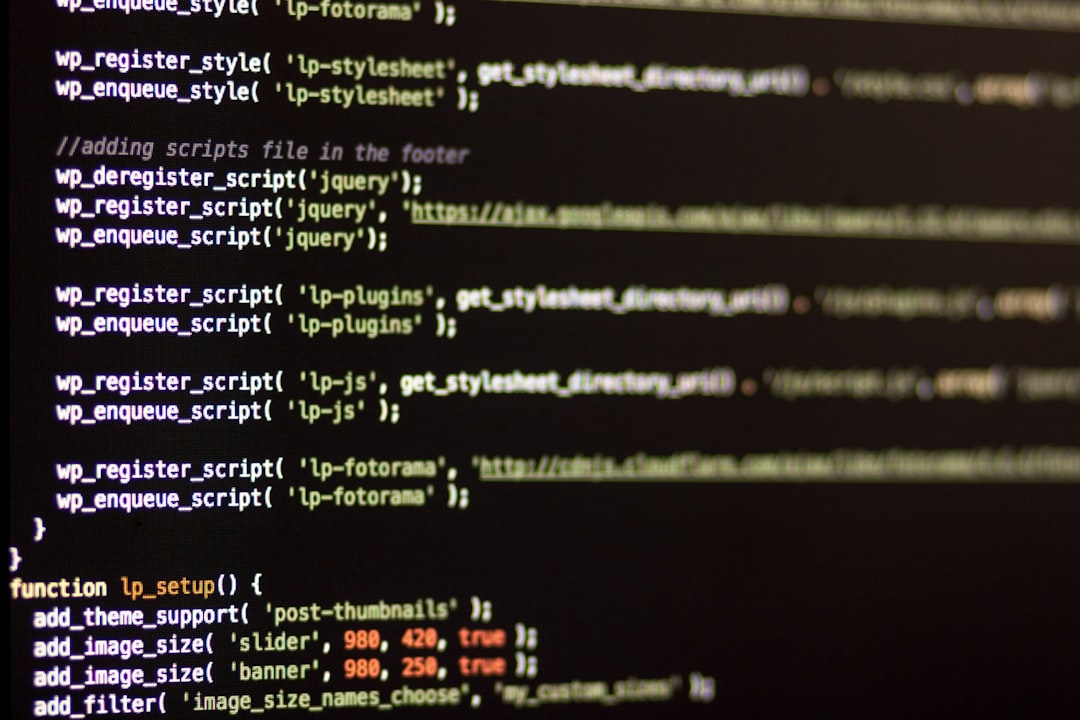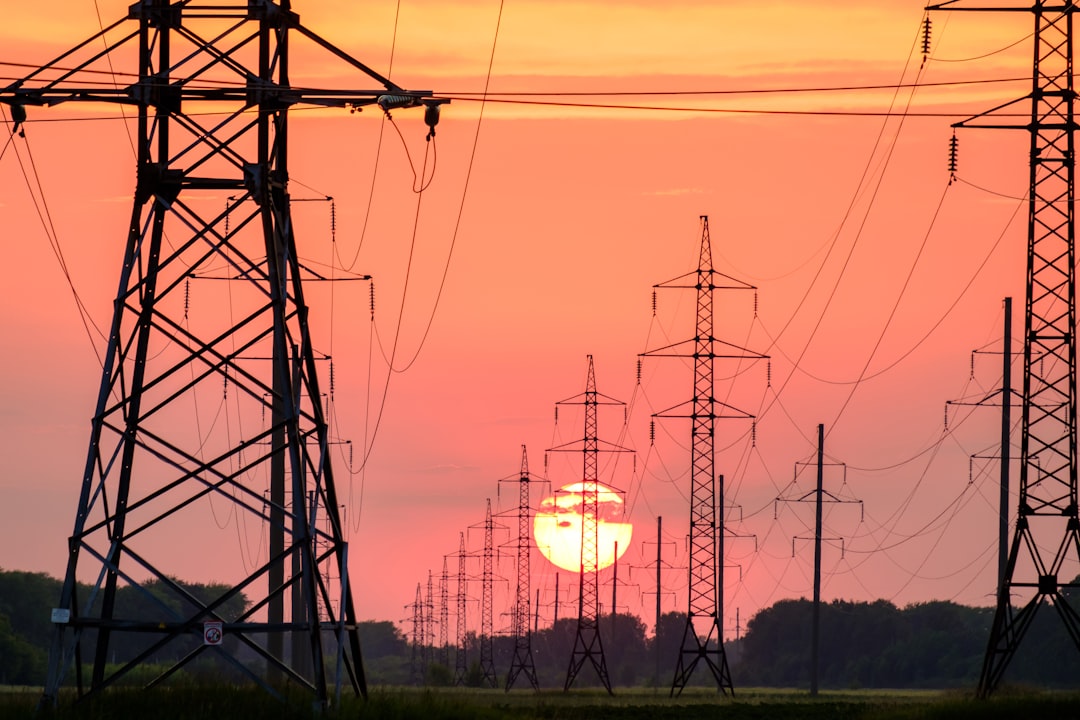What is it about?
When focusing a laser onto a metal target placed inside a vacuum chamber, the surface of the material will become super heated to the point that it forms a plasma - an ionized gas consisting of electrons and ions. However, the processes involved in the formation of the plasma can be highly complex, with different processes such as sheath acceleration, isothermal self-similar expansion, and steady state plasma flow dominating in different regions of the plasma over the course of the laser-plasma interaction. The goal of this study was to gain a better understanding of the laser-plasma interaction and the plasma expansion processes by studying the properties of the ions.
Featured Image

Photo by Umberto on Unsplash
Why is it important?
Laser produced plasmas have been used in a variety of applications, including EUV lithography, laser induced breakdown spectroscopy, inertial confinement fusion, nanoparticle generation, and many others. In each application, optimization of laser and plasma parameters is required in order to maximize the various attributes such as conversion efficiency, line emission, nanoparticle generation, etc. However, optimization of these attributes requires a detailed understanding of the fundamental processes that occur during laser-plasma interaction and plasma expansion. By studying the properties of the ions emitted from the plasma and comparing the measurements to analytical models, we found that we were able to identify many of the dominant processes occurring during the laser-plasma interaction and plasma expansion process.
Perspectives
I had a fun time writing this article, as this was the first time I got a chance to apply "idealized" equations describing plasma processes to experimental results, and seeing how well these idealized equations held up. I was happy to see that the equations held up quite well, and matched the real-world results to within a reasonable degree. I also learned a great deal more about the laser-plasma interactions and plasma expansion processes over the course of writing this article, and gained a much better appreciation of just how complex a plasma can be.
Mathew Polek
University of California San Diego
Read the Original
This page is a summary of: Experimental and theoretical comparison of ion properties from nanosecond laser-produced plasmas of metal targets, Journal of Applied Physics, May 2023, American Institute of Physics,
DOI: 10.1063/5.0146428.
You can read the full text:
Contributors
The following have contributed to this page










